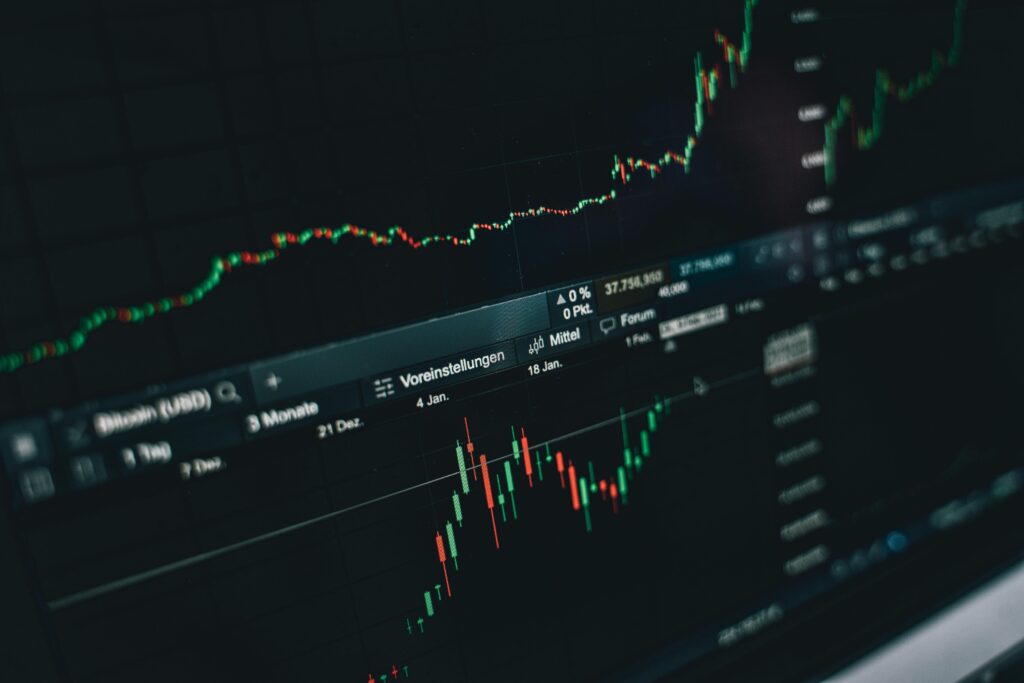In recent developments, global interest rate trends have significantly influenced the behavior of forex markets. The European Central Bank (ECB) recently announced that it would keep its rates unchanged, maintaining the Refinance rate at 2.15% and the deposit rate at 2.00%. This decision reflects the ongoing challenges and dynamics within the international economic landscape.
ECB’s Approach Amidst Global Interest Rate Trends
ECB President Christine Lagarde emphasized the institution’s commitment to a data-dependent approach, not pre-committing to a specific rate path. She noted the disparities between the robust domestic markets, spurred by digital services expansion, and lackluster external demand. Lagarde also highlighted that household consumption should bolster growth despite high savings rates.
The global environment remains a hurdle, although some negative risks have diminished, crediting advancements in trade talks and more stability in geopolitical hotspots like the Middle East. However, uncertainty remains due to situations such as Russia’s ongoing conflict in Ukraine. Nonetheless, indicators suggest that underlying inflation is aligning with the ECB’s targets, backed by controlled labor costs and moderating wage growth.
Impact on Currency Markets
The stability in the ECB’s interest rates has led to noticeable movements in currency pairs. The EURUSD recently touched 1.1546, nearing its previous low, before bouncing back to a higher range but ultimately closing near 1.1568. The sellers seemed more dominant, which correlates with the broader strength in the USD against major currencies. Following the Bank of Japan’s decision to maintain their rates as well, the USDJPY saw a significant jump by 0.90%, underscoring the ongoing trends in the currency markets.
The Federal Reserve’s role in global interest rate trends also came into play, with US Treasury yields climbing after hawkish communications from Fed Chair Powell. The US dollar’s heightened strength had ripple effects across various currency assessments, reinforcing the interconnectedness of global fiscal policies.
Market Reactions and Economic Outlook
US stock markets witnessed volatility, as indices like the Nasdaq and S&P 500 closed at daily lows. Despite this, technology giants like Apple and Amazon reported optimistic post-closing earnings, hinting at a potentially brighter market outlook. As countries like Japan strive for economic recovery through accommodative monetary policies, the global economic landscape continues to be a blend of cautious optimism and strategic adaptations.
Furthermore, political dynamics, such as discussions between leaders like Trump and Xi, influence trade policies affecting global markets. Commitments to reduce tariffs and engage in more consistent trade practices are pivotal to sustaining economic cooperation and alleviating global supply bottlenecks.
Conclusion on Global Interest Rate Trends
In summary, the ongoing global interest rate trends are a testament to the intricate balance central banks must strike amid economic recovery efforts. For further insights on these trends, check out Investopedia.
At Bakara Invest, our analysis suggests that current global interest rate trends will continue to pose both challenges and opportunities for forex traders, necessitating adaptive strategies to navigate this evolving landscape successfully.
For more Forex market insights, visit our Forex News Section.
